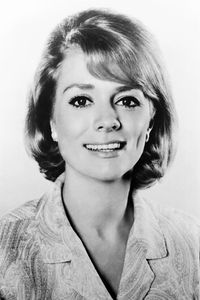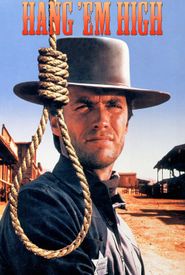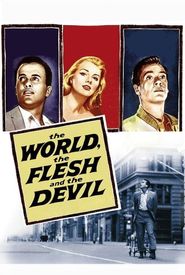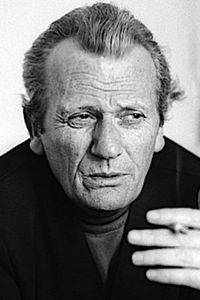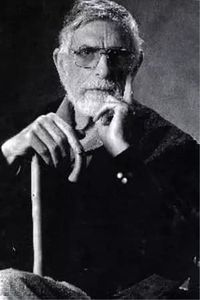Inger Stevens, a Stockholm-born beauty, was a rising star in the film and TV industry when she tragically died on April 30, 1970, at the age of 35. Despite her rapid success, Stevens struggled with personal problems, including a penchant for falling in love with her co-stars, which often led to broken affairs and depression.
Born Inger Stensland, Stevens was the eldest of three children of Swedish parents. Her childhood was marked by tragedy when her mother abandoned the family for another man when Stevens was just six years old. Her father remarried and eventually brought Stevens and her younger brother to the United States, but family relations remained strained.
Stevens' early life was marked by shyness and sensitivity, but she found solace in acting after witnessing her father perform in amateur theater productions. She began her career as a model and worked briefly in summer stock and TV commercials before landing her first film role in "Man on Fire" (1957) opposite Bing Crosby.
Stevens' film career was marked by a string of successful movies, including "Cry Terror!" (1958),"The Buccaneer" (1958),and "The World, the Flesh and the Devil" (1959). However, her personal life was marred by a series of failed relationships with her co-stars, including James Mason, Anthony Quinn, and Harry Belafonte.
In the early 1960s, Stevens' career began to gain momentum with a starring role in the popular TV series "The Farmer's Daughter" (1963-1966). The show earned her a Golden Globe award and an Emmy nomination, and she became a household name.
Stevens' later years were marked by a series of critically acclaimed films, including "A Guide for the Married Man" (1967),"Hang 'Em High" (1968),and "A Dream of Kings" (1969). However, her personal life continued to be marked by turmoil, including a string of affairs with her co-stars, including Dean Martin and Burt Reynolds.
Tragically, Stevens' life came to an abrupt end on April 30, 1970, when she was found unconscious in her kitchen and died en route to the hospital from acute barbiturate intoxication. Her death was initially ruled a suicide, but a biography published in 2000 suggested that there may have been other factors at play.
